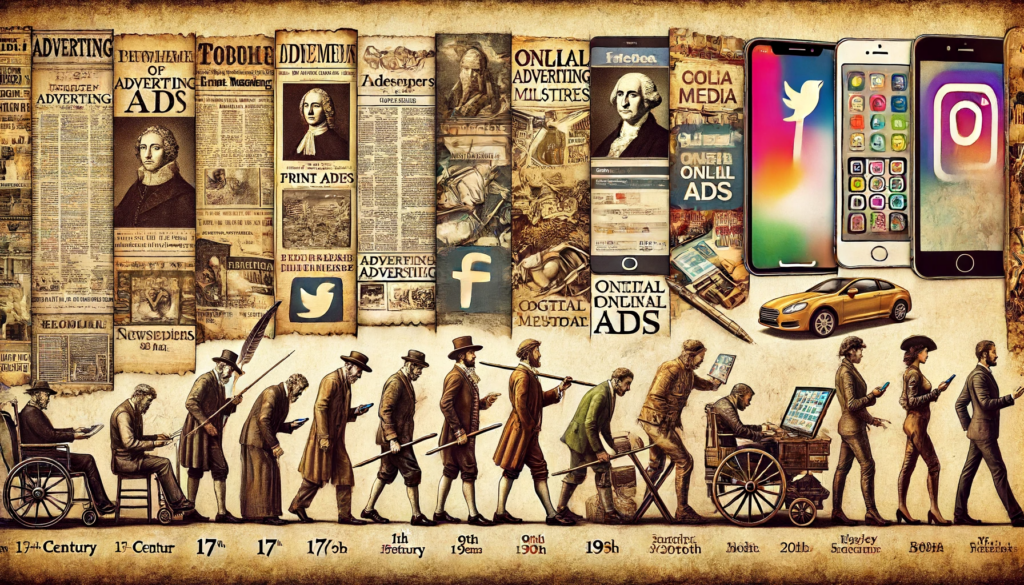Imagine having the perfect product or service and needing to tell the world about it. That’s where advertising comes in, a vital tool that pushes your offerings into the spotlight. Over the years, advertising has evolved, now emphasizing brand loyalty and a deep understanding of what makes consumers tick. From classic print and TV ads to the modern realms of online and social media, each type of advertising offers its own unique perks.
But that’s just one side of the coin. Communication is equally crucial, guiding customers through their journey and helping them connect with your brand. Today, the trend is clear – we’re diving into the digital age, harnessing the power of AI and augmented reality to captivate audiences like never before.
As you explore further, you’ll delve into the intricate world of integrated marketing communications, uncover future trends, and even tackle ethical issues in the industry. So, get ready to navigate this dynamic landscape and discover how advertising and communication work together to shape successful brands.
Definition and Overview
You’re about to get a brief overview of advertising and communication, two pivotal aspects of modern marketing strategies.
You’ll learn what advertising is, its purpose, and how it has evolved over the centuries.
We’ll also touch on the different types of advertising and how effective advertising is crafted.
Historical Evolution
Let’s dive into the fascinating journey of advertising and communication, tracing its roots from the early print ads of the 17th century all the way to the current landscape dominated by digital media. This historical development has been shaped by evolving principles of advertising, communication strategies, media planning, and consumer behavior.

In the beginning, advertising communications were simple, bare-bones announcements in print form. The aim was to reach a target audience with a straightforward message. But as society and technology advanced, so did the complexity of integrated marketing campaigns.
By the 20th century, the importance of brand loyalty emerged. Advertisers began to understand that winning a consumer’s trust was as important as catching their eye. This gave rise to new advertising strategies focusing on consumer psychology and behavior.
Nowadays, with the digital revolution, the game has changed entirely. Media planning includes an array of online platforms, each with its unique target audience. Campaigns are more interactive, personalized, and data-driven than ever before.
The future of advertising and communication continues to evolve, ever-increasing in complexity and sophistication.
Key Components of Advertising
Now, let’s look at the key components of advertising.
We’ll start with the different types of advertising, and then we’ll move on to strategies and techniques that make ads effective.
This understanding is essential for you to craft impactful ads.
Types of Advertising
Diving into the world of advertising, it’s essential to understand the unique characteristics and benefits of its various types: print, television, radio, online, and social media.
Each type has its own effectiveness and reach, shaping the communication with your audience.
Print advertising, including newspapers and magazines, is traditional yet reliable. It’s tangible, has a long lifespan and targets a specific demographic.
Television advertising, on the other hand, combines visual and audio elements to create compelling storytelling. It reaches a broad audience and boosts your brand’s credibility.
Radio advertising is cost-effective and has a wide reach, especially during rush hours. It’s a strong player in local advertising, appealing to loyal listeners.
Online advertising, encompassing search engine ads, email marketing, and banner ads, offers precision targeting and measurable results. It’s dynamic, customizable, and global.
Lastly, social media advertising leverages platforms like Facebook, Twitter, and Instagram. It’s interactive, providing direct communication with your audience. It offers advanced targeting options and delivers real-time results.
Advertising Strategies and Techniques
Advertising strategies are the backbone of persuasive communication, guiding your marketing efforts towards successful campaigns.

Emotional appeals are powerful tools, creating a connection between your audience and your brand. They can evoke feelings of joy, excitement, or even fear in advertisements, making your message resonate deeper.
Rational appeals, on the other hand, focus on the logical benefits of your product or service. They provide clear reasons for choosing your brand over competitors.
Humor in advertisements can make your brand memorable and likable, while fear-based tactics can highlight the consequences of not using your product. Utilizing these techniques thoughtfully can lead to successful campaigns.
Furthermore, branded content enhances your audience’s engagement by providing them with valuable, relevant information. It helps build credibility and trust in your brand.
Lastly, integrating these strategies for a well-rounded approach is known as integrated marketing communication. By combining different techniques, you can build a cohesive, persuasive campaign that effectively reaches your target audience.
The Role of Communication in Advertising
You’ve seen how integral advertising is in the world of business, but have you considered the role communication plays in it?
It’s not just about crafting compelling ads; it’s about effectively communicating your message through the right channels.
Let’s explore advertising communication models and study the impact of various media channels on your advertising efforts.
Advertising Communication Models
Let’s delve into the role of communication in advertising, focusing particularly on key advertising communication models like the AIDA (Attention, Interest, Desire, Action) model and the communication process model. These models are instrumental in crafting compelling advertisements that persuade and promote effectively.
The AIDA model involves grabbing the audience’s Attention, piquing their Interest, creating a Desire for the product or service, and provoking an Action, such as making a purchase. It’s a fundamental model in advertising, guiding the journey from awareness to conversion.
The communication process model, on the other hand, starts with a sender who crafts a message. This message is conveyed through a medium to a receiver who provides feedback, allowing the sender to assess the effectiveness of the message and make adjustments as necessary.
| Model | Components | Purpose |
|---|---|---|
| AIDA Model | Attention, Interest, Desire, Action | Guides the customer journey |
| Communication Process Model | Sender, Message, Medium, Receiver, Feedback | Facilitates effective communication |
Understanding these advertising communication models is crucial to creating impactful ads that truly resonate with your audience.
Media Channels and Their Impact
Dive into the world of media channels to understand their significant impact on advertising and marketing communication, as we explore both traditional and digital avenues.
Traditional media channels like TV, radio, and print have long been the stalwarts of advertising. TV, with its broad reach, offers the advantage of visual storytelling, but it can be costly. Radio, though cheaper, lacks visual elements. Print media, with newspapers and magazines, allows for a specific target audience but struggles with declining readership.
On the other hand, digital media channels, primarily social media, have transformed the advertising landscape. They offer precise targeting, immediate feedback, and cost-effective advertising solutions. However, they’re not without cons. Issues such as ad-blockers, data privacy concerns, and platform dependency can pose challenges.
Regardless of their pros and cons, these media channels play a crucial role in shaping the impact of advertising communication. They provide the bridge between the brand message and the audience. Therefore, understanding each channel’s strengths, weaknesses, and best use scenarios is key to creating successful advertising campaigns.
Integrated Marketing Communications (IMC)
Let’s turn our attention now to Integrated Marketing Communications (IMC).
You’ve likely heard of this concept, as it’s crucial in creating a unified, seamless experience for consumers to interact with a brand.

It’s a strategy that merges all aspects of marketing communication such as advertising, sales promotion, public relations, and direct marketing.
Importance of IMC
Often, to create a cohesive and effective advertising strategy, it’s essential to understand and implement Integrated Marketing Communications (IMC), which aligns with broader marketing goals. IMC is a strategic approach to marketing and advertising that integrates different promotional tools to work in harmony. The importance of IMC in an advertising strategy is crucial, as it ensures consistency, clarity, and maximum communication impact.
An advertising agency can help you create and implement an effective IMC strategy. They centralize your marketing efforts, ensuring all communication channels work together to present a consistent brand message. This cohesive approach increases the effectiveness of your advertising strategy, maximizing the return on your marketing investment.
Your IMC plan helps you engage with your target audience more effectively. It allows you to deliver a consistent message across multiple platforms, increasing brand recognition and loyalty. Additionally, IMC helps align your marketing tactics with your broader marketing goals, ensuring all your efforts work towards achieving the same objectives.
Components of IMC
Now that you understand the importance of an IMC strategy, let’s explore its key components – advertising, public relations, sales promotions, direct marketing, and digital marketing – and see how they synergize to deliver a consistent and powerful brand message.
Advertising, the most visible component of IMC, involves paid promotional activities to reach and influence your target audience. As an example, a billboard ad can raise brand awareness and boost sales.
Public relations, another key component, focuses on managing your public image. An effective PR campaign, like a charity event, can strengthen your brand reputation.
Sales promotions, such as discounts or buy-one-get-one-free offers, provide short-term incentives to boost sales. Direct marketing, on the other hand, involves direct communication with customers, for instance, through email newsletters.
Lastly, digital marketing leverages online platforms to reach a wider audience. It can include social media campaigns, content marketing, and search engine optimization.
When these components work together under an IMC strategy, they provide a unified message across all communication channels. This ensures your brand communicates consistently, enhancing your brand image and maximizing marketing effectiveness.
Future Trends in Advertising and Communication
Let’s look ahead at what’s in store for the world of advertising and communication.
Consider how digital transformation is reshaping the industry and the rising importance of ethical considerations in our strategies.
These future trends will likely influence how you approach marketing in the coming years.
Digital Transformation
Digital transformation is revolutionizing the landscape of advertising and communication, with emerging technologies like artificial intelligence, programmatic advertising, and augmented reality paving the way for future trends. These technologies are fundamentally reshaping advertising and communication, bringing about a paradigm shift in the way organizations approach their advertising efforts.

As an advertising executive or marketing manager, you need to stay abreast of these developments. Artificial intelligence can drive personalized advertising, making your campaigns more effective and efficient.
Programmatic advertising automates the buying and selling of ad space, allowing for better targeting and real-time bidding.
Augmented reality offers immersive experiences, creating engaging and interactive ads that resonate with consumers.
Digital transformation isn’t just about adopting new technologies, it’s about harnessing their potential to enhance your organization’s advertising efforts. It’s about leveraging these emerging technologies to deliver meaningful and impactful messages to your target audience.
Embrace the digital transformation, and lead your organization into the future of advertising and communication.
Ethical Considerations

As you navigate the future trends in advertising and communication, it’s crucial to consider the ethical implications, such as consumer privacy issues, misleading advertisements, and the societal impact of your messages. Ethical considerations can’t be overlooked, as they uphold the integrity of advertising messages and ensure responsible advertising.
Consumer Privacy: Respecting consumer privacy is an essential aspect of ethical advertising. You need to ensure that personal data collected is used appropriately and with consent.
Misleading Advertisements: Deceptive advertising can erode consumer trust. Always aim for honesty and transparency in your advertising messages, avoiding exaggerations that can mislead consumers.
Societal Impact: The social impact of your messages matters. Consider the potential effects of your advertisements on society and work towards promoting positive change.
Consumer Protection: Your role extends beyond selling a product or service. You’re also responsible for protecting consumers, providing them with accurate information, and handling their data securely.


